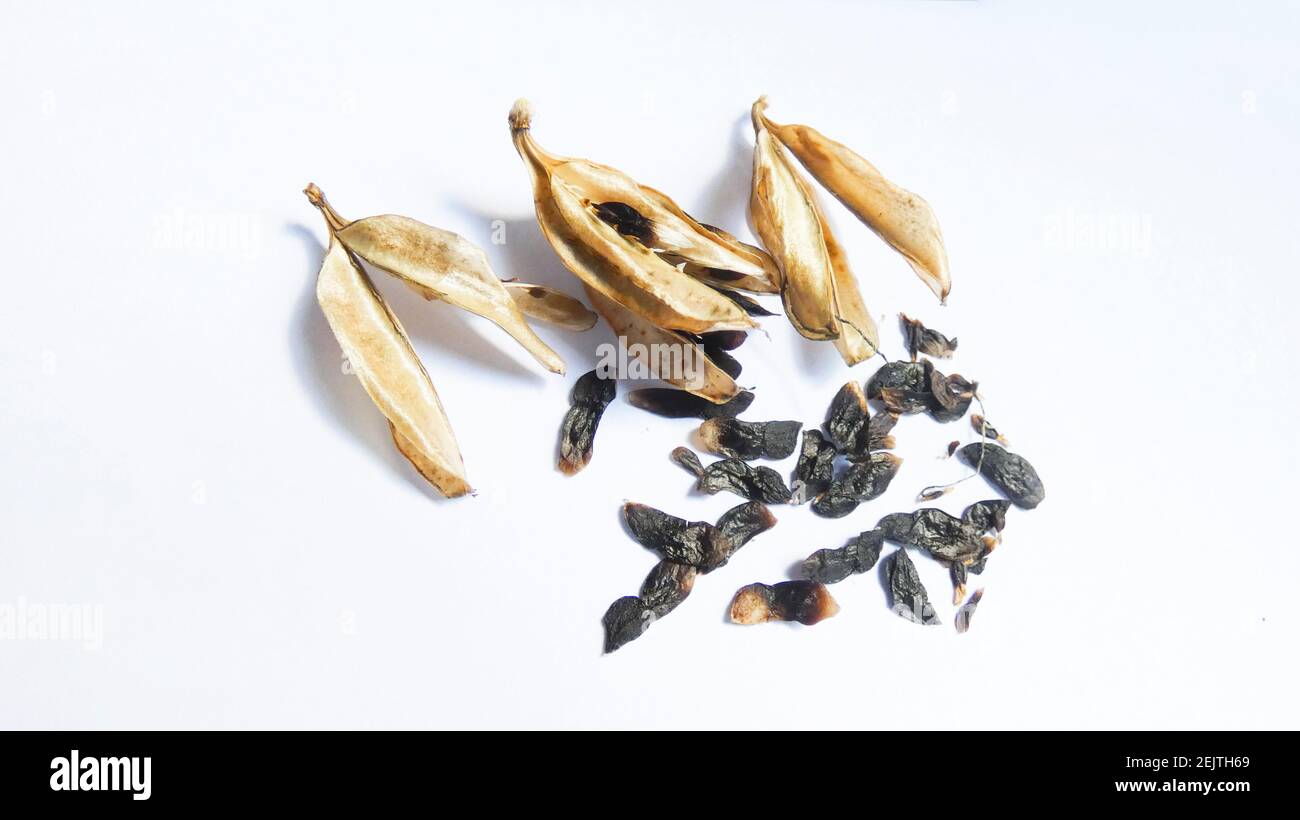With their elegant, bell-shaped blooms, Lily of the Nile (Agapanthus) are a highly desirable flower for gardens and landscapes. While often purchased as nursery plants, starting Lily of the Nile from seeds is an alternative method to add these beauties to your yard.
In this comprehensive guide we’ll provide tips and techniques for successfully growing Lily of the Nile from seeds covering key topics like
- Lily of the Nile seed characteristics
- When and how to plant the seeds
- Caring for seedlings
- Transplanting outdoors
- Ongoing care through maturity
- Getting Lily of the Nile seeds to bloom
Let’s get started growing these ornamental flowers from seed!
About Lily of the Nile Seeds
Lily of the Nile seeds produce perennial plants belonging to the genus Agapanthus. They are native to South Africa and feature long strappy green foliage and rounded flower heads containing dozens of small tubular blooms.
Popular Lily of the Nile seed varieties include:
-
Headbourne Hybrids – Large blue or white flower heads on tall 3-4 foot stems
-
Streamline – dwarf variety under 2 feet tall with blue-purple blooms
-
Peter Pan – early bloomer with white flowers under 2 feet tall
-
Sapphire – mid-sized blue blooms on 20-24 inch stems
Lily of the Nile seeds are large, round, and black. They have a hard outer shell and can remain viable approximately 1-2 years when properly stored cool, dry, and dark. Fresh seeds offer highest germination rates.
When and How to Plant Lily of the Nile Seeds
Lily of the Nile seeds require light and warm temperatures to germinate. They are best started indoors 6-8 weeks before the last spring frost.
Follow these steps for planting:
-
Fill starter flats or cell trays with a sterile, well-draining seed starting mix. Moisten the mix.
-
Plant 2-3 seeds in each cell, pressing gently into the soil. Cover seeds lightly with 1/8 inch of mix.
-
Maintain a soil temperature of 70°F – 75°F degrees.
-
Keep seeds consistently moist until germination occurs in 2-3 weeks.
-
Once sprouted, move flats to a sunny window or grow lights.
Caring for Lily of the Nile Seedlings
Young Lily of the Nile plants need consistent moisture and protection from harsh elements while they establish. Follow these tips:
-
Water regularly to keep soil slightly moist. Don’t saturate.
-
Apply a dilute liquid fertilizer every 2-3 weeks.
-
Maintain warm temperatures around 70°F until seedlings emerge.
-
Once sprouted, move to a cooler 65°F degree area with sun exposure.
-
Transplant into 3-4 inch pots once secondary leaves appear.
-
Gradually introduce to outdoor conditions over 7-14 days by setting pots outdoors for increased time periods.
Transplanting Lily of the Nile Seedlings Outdoors
Lily of the Nile seedlings can be moved into garden beds or larger containers once nighttime temperatures are reliably above 50°F degrees.
Follow these transplanting guidelines:
-
Harden off seedlings for 7-14 days before transplanting.
-
Space plants 12-18 inches apart in beds amended with compost.
-
Or plant one seedling per 12-inch diameter container with drainage holes using potting mix.
-
Water transplants deeply and provide shade for 1-2 weeks while established.
Ongoing Care of Seeded Lily of the Nile
With proper care, seeded Lily of the Nile will grow into mature, flowering specimens:
-
Site in full sun to partial shade. Provide afternoon shade in hot climates.
-
Keep soil evenly moist but not waterlogged.
-
Apply balanced fertilizer monthly during the growing season.
-
Cut back flower stems after blooming concludes.
-
Mulch plants in autumn for cold protection in zones 7 and below.
-
Divide mature, pot-bound plants every 3-4 years to maintain vigor.
Getting Seeded Lily of the Nile to Bloom
From seeds, Lily of the Nile typically takes 2-3 years to reach blooming maturity. Here are tips to encourage abundant flowering:
-
Site in full sun – plants need minimum 6 hours direct sun daily to bloom well.
-
Avoid excess nitrogen fertilizer, which fuels leafy growth over flowers.
-
Provide a winter dormancy period in fall by allowing pots and beds to fully dry out for 6-8 weeks.
-
Divide and repot mature plants every 3-4 years to maintain blooming vigor.
With proper seed starting techniques, ongoing care, and bloom encouraging conditions, seeded Lily of the Nile will develop into spectacular, long-lived garden specimens. Be patient – the wait for the seedlings to mature into flowering plants is well worth it for these exotic beauties!
Item added to your cart
Couldnt load pickup availability
DESCRIPTION:
NAME: White Lily of the Nile
OTHER COMMON NAMES: African Lily
SCIENTIFIC NAME: Agapanthus Orientalis
COLOR: White
PLANT SEEDS: Outdoors after frost / Indoors weeks before last frost
BLOOM TIME: June – July
HARDINESS ZONE: (7) 8 – 11
PLANT HEIGHT: 18 – 32″
PLANT SPACING: 18 – 32″
LIGHT REQUIREMENTS: Sun – Part Shade
SOIL & WATER PREFERENCES: Average
QUANTITY: 25 Seeds
OTHER: More info on this wonderful plant coming soon!
*We also have BLUE Lily of the Nile seeds in our store. These two plants look beautiful together.
* FREE SHIPPING ON ALL ADDITIONAL SEEDS! PAY ONE FLAT SHIPPING FEE PER ORDER NO MATTER HOW MANY PACKS OF SEEDS YOU CHOOSE! WE HAVE MORE THAN 2,000 TYPES OF FLOWER, VINE, TREE, SHRUB, HERB, FRUIT, AND MORE!
How to sow Agapanthus Seed- 2 Minute Tips
FAQ
How do you start a Lily of the Nile from seed?
How to collect seeds from agapanthus?
Can I grow agapanthus from seed?
Do Lily of the Nile multiply?
- A Complete Guide to Caring for Yuki Cherry Blossom Shrub - January 23, 2025
- Identifying Red Hot Poker Seeds: What to Look For When Harvesting Torch Lily Pods - January 23, 2025
- A Complete Guide to Harvesting Evening Primrose Seeds - January 23, 2025

